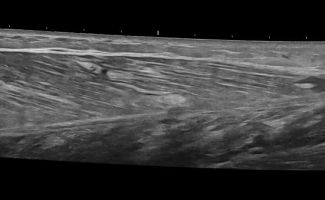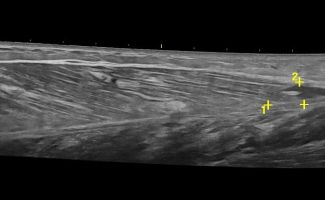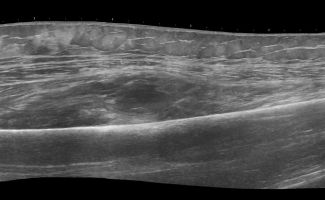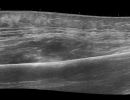What are the main uses of Muscle Ultrasound?
Among the primary indications of muscle ultrasound are:
- Grading Muscle Injuries: Muscle ultrasound can be an ideal tool for detecting and evaluating the extent of muscle injuries after trauma or other muscular issues.
- Diagnosis of Muscle Disorders: Muscle ultrasound enables the identification of muscular conditions such as hematomas, lipomas, tumors, and the sonography of calcific myositis.
- Monitoring Recovery: Muscle ultrasound allows monitoring the progress of recovery after injury or illness, providing valuable information about the time needed to return to normal activities.
What are the advantages of Muscle Ultrasound?
Compared to other imaging methods, such as Magnetic Resonance Imaging (MRI) or Computed Tomography (CT), muscle ultrasound has several advantages:
- Dynamic Examination: Muscle ultrasound allows us to observe muscles during various movements, enabling the detection of muscular abnormalities that may not be visible in static images.
- Diagnosis of Muscle Hernias: Due to dynamic examination, Muscle Ultrasound is the only imaging method that allows the diagnosis of muscle hernias.
- Diagnosis of Thrombosis: Muscle ultrasound allows for the simultaneous diagnosis of thrombosis in venous branches, which may be due to post-traumatic effects of muscle injury or may have occurred postoperatively.
- Patient-Friendly: Similar to the other ultrasound scans, Muscle Ultrasound is a patient-friendly examination, as it does not expose the body to ionizing radiation, magnetic resonance, or the use of intravenous contrast agents.











